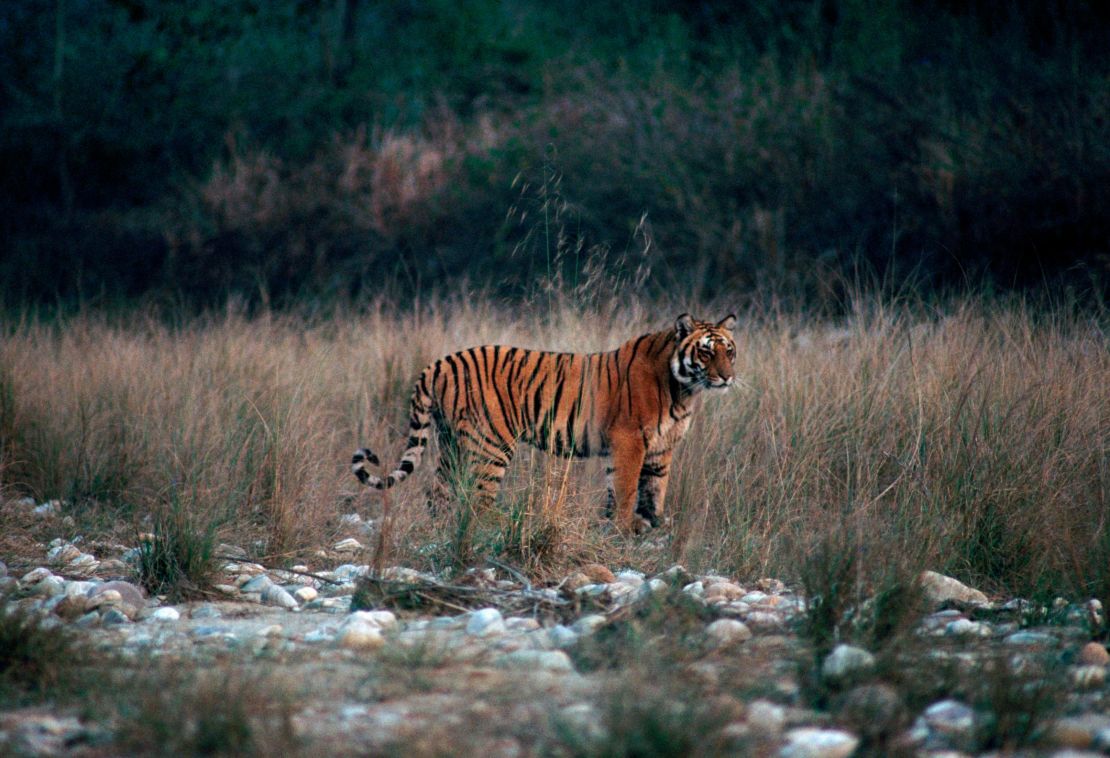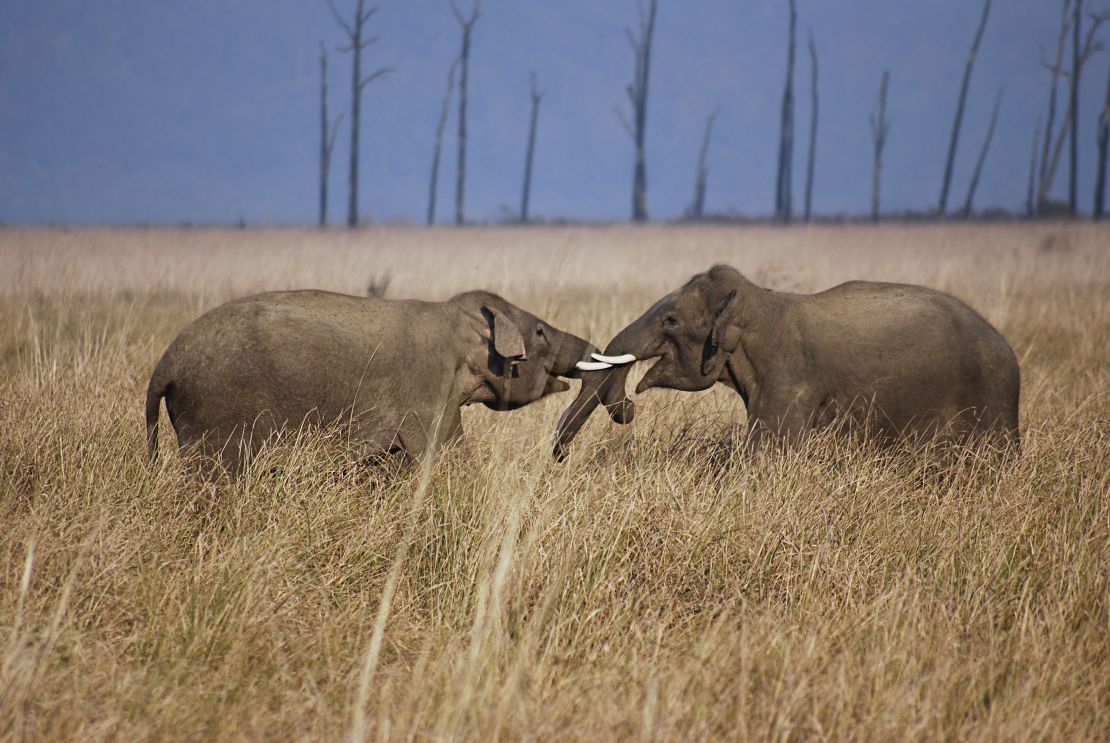Editor’s Note: CNN’s series often carry sponsorship originating from the countries and regions we profile. However, CNN retains full editorial control over all of its reports. Our sponsorship policy.
As the sun rises over the canopy in India’s Jim Corbett National Park, a sambar deer steps into view. The handsome animal is among hundreds of species in this diverse nature reserve.
Cheetahs, tigers, wild Indian boars, gray langurs and elephants also roam through these grasslands, rivers and dense forests.
Located in India’s northeastern Uttarakhand state, Jim Corbett is the country’s oldest national park and a top safari destination. And it’s here where award-winning wildlife filmmaker and conservationist Naresh Bedi documents India’s rich ecosystem.
“For me, Corbett National Park is very special,” Bedi tells CNN Travel.
“My father was very passionate about animals – he used to take pictures and observe. So he started taking us on his shoulders into the forest when we were young.”
India’s first tiger reserve
Established in 1936, the park takes its name from British hunter-turned-conservationist Jim Corbett.
“Jim Corbett became famous because he [hunted man-eating tigers and leopards]. He did not shoot animals just for pleasure,” says Bedi. “By creating this area, [Corbett pioneered] conservation in India. I think that’s a big thing, what he did.”

Stretching across 520 square kilometers, Jim Corbett National Park – part of the larger Corbett Tiger Reserve – was originally established to protect the endangered Bengal tiger.
It’s also considered the birthplace of Project Tiger, India’s major tiger conservation program.
“[Tigers] are majestic animals, powerful and colorful – but not very easy to see. In the ’60s and ‘70s, when tiger-hunting was common around Corbett Park, seeing a tiger would have been impossible,” recalls Bedi.
“I have sat whole nights, whole months, looking for tigers. I still remember one or two incidents where the tiger just looked back at me. The feeling you get, it’s tremendous.”
India’s rich biodiversity
For Bedi, the experience is about more than just tigers – it’s about the immense biodiversity and natural beauty.
“There’s so much variation of habitat and climatic conditions and this has given rise to huge diversity in India. Here you have the tigers, elephants, gharial [crocodiles] … I mean, it’s a paradise, you know? It is important to preserve this habitat, so that these animal can survive.”
One of Bedi’s favorite animals to document is the gharial – a critically endangered fish-eating crocodile that’s native to India.

“There are very few places in the wild where you have gharials, so Corbett is really important,” he adds.
He also tracks snow leopards into the mountains and films graceful sambal deer in the misty mornings.
“Corbett has a unique habitat … you have the mountains, the Shivalik hills, big valleys and the open grasslands, which are very crucial for the whole ecosystem,” he explains.
“All these animals go there to graze, then the tigress follows them.”
Safari style
Within the vast park, five sections are currently open to travelers and visitors – Bijrani, Jhirna, Dhikala, Dhela and Durgadevi – but only from November through June. The entire park is closed to tourists during monsoon season.
To explore them, travelers can book a safari in an open-top Jeep or join a guided trek led by an experienced guide.

You can also stay overnight, thanks to numerous lodges in the park, such as Manu Maharani Resort, Corbett Aahana & Resort and Ashoka’s Tiger Trail – all of which provide front-row seats to the flora and fauna.
Bedi says every trip to the park will be different, depending on the time of year and micro-climate, but visitors can usually expect to see numerous animals in the grasslands.
“The grasslands are the feeding grounds, so [at times] you can see 50, 60 elephants here,” says Bedi.
“It give you an excellent opportunity to watch them sitting in your Jeep, extremely close.”
The park is located about 260 kilometers from New Delhi and can be reached by car or rail – the nearest station is Ramnagar.






























